Lake Apopka
Black Point Wildlife Drive
Black Point Wildlife Drive
Located in the Merritt Island National Wildlife Refuge, Black Point Wildlife Drive is a 7-mile one-way road where visitors may view wildlife by hiking, from their bike, or the comfort of their cars. Restrooms are located at Stop 9.
The entrance to the Allan D. Cruickshank Memorial Trail is also located at Stop 9. It is a 5-mile walking trail complete with an observation tower. Leashed dogs are permitted to explore the trail with you. The Wild Birds Unlimited Trail is located at Stop 4. It passes between two ponds in full sun but is only 1/2 mile out and back.
Wildlife at Black Point Wildlife Drive thrives in and near the ponds, marshes, canals, and Pine Flatwoods. Look for birds including wading birds, shorebirds, and migratory birds. Raptors, alligators, turtles, river otters, bobcats, opossums, armadillos, snakes, and more call Black Point home. Animals are most active in the early morning and late afternoon.
Take time to explore as you make your way slowly through Black Point Wildlife Drive. Stop to admire the beauty of the animals who live there. Discover how they hunt, eat, play, and rest in their peaceful, natural habitat. Note how the sun shimmers off the waters and makes the colors of wildflowers more vibrant. Leave your cares behind, and for a time, immerse yourself in Nature and all her glory.
Photo Credit: Dan & Nancy Kon
For more information: https://www.fws.gov/…/Merri…/Black_Point_Wildlife_Drive.aspx
Lake Apopka Wildlife Drive (LAWD)
In 1947 a beautiful clear lake full of fish began to change. Land from the north was purchased for agriculture. With agricultural practices at the time, lots of nutrients, including phosphorus, were drained into the lake. This caused an algae bloom that depleted the fish population and ultimately deteriorated the ecosystem. Fortunately, there was hope for Lake Apopka (Bauchmann et al 1999).
Thanks to the Surface Water Improvement and Management Act of 1987 Lake Apopka was identified for restoration. Plans were created to help bring life back to the ecosystem. In 1996 chapter 96 – 207 of Florida statutes was passed by the Florida legislature. This act allowed the agricultural lands to the north to be purchased and converted into wetlands (St. John’s Water Management District).
Because of dedicated legislators, biologists, volunteers, and citizens, the fish population has been restored, plenty of birds flock to the area to feed, deer and otters call this 48.4 square mile area their home, the hydrology has drastically improved, and the ecosystem is thriving.
The Lake Apopka Wildlife Drive is an 11-mile scenic route where visitors can enjoy Nature and the beauty of this Florida success story.
When entering the Wildlife Drive you can access an audio guide for your smartphone.
References:
Bauchmann, R. W., Hoyer, M. V., & Canfield, D. E., Jr. (1999). The restoration of Lake Apopka in relation to alternative stable states. Hydrobiologia, 394(0), 219-232.
St. John’s Water Management District, Lake Apopka Wildlife Drive
General Information Guide

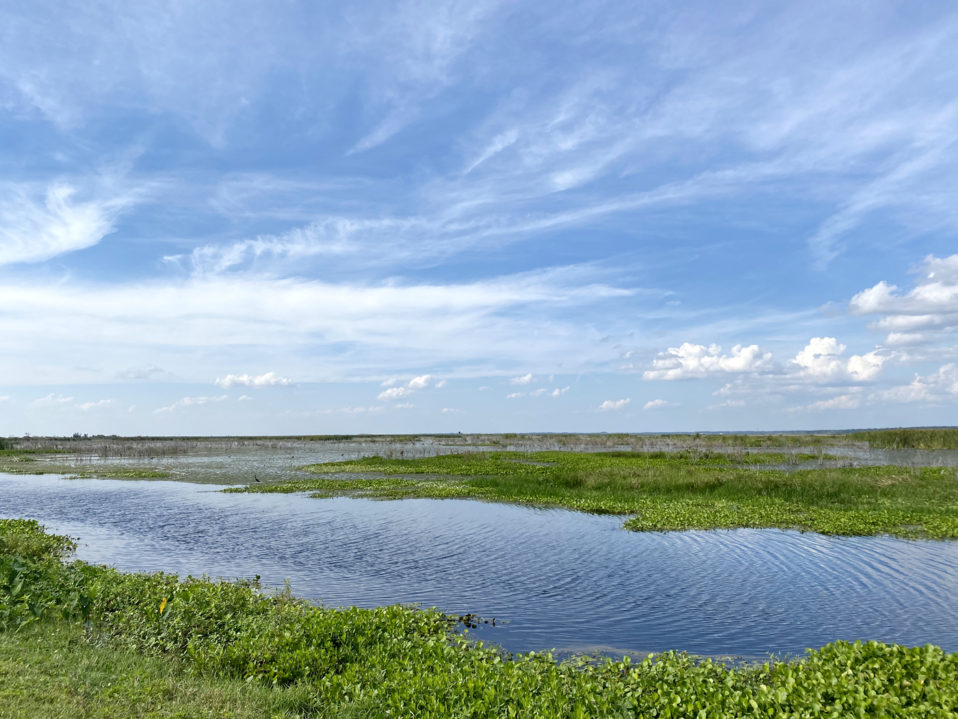
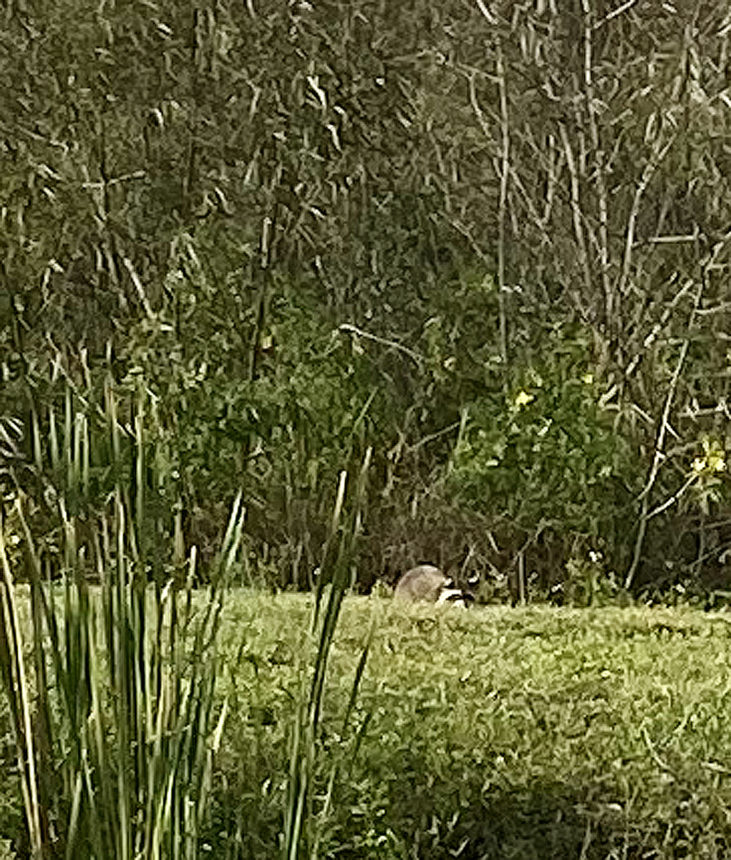
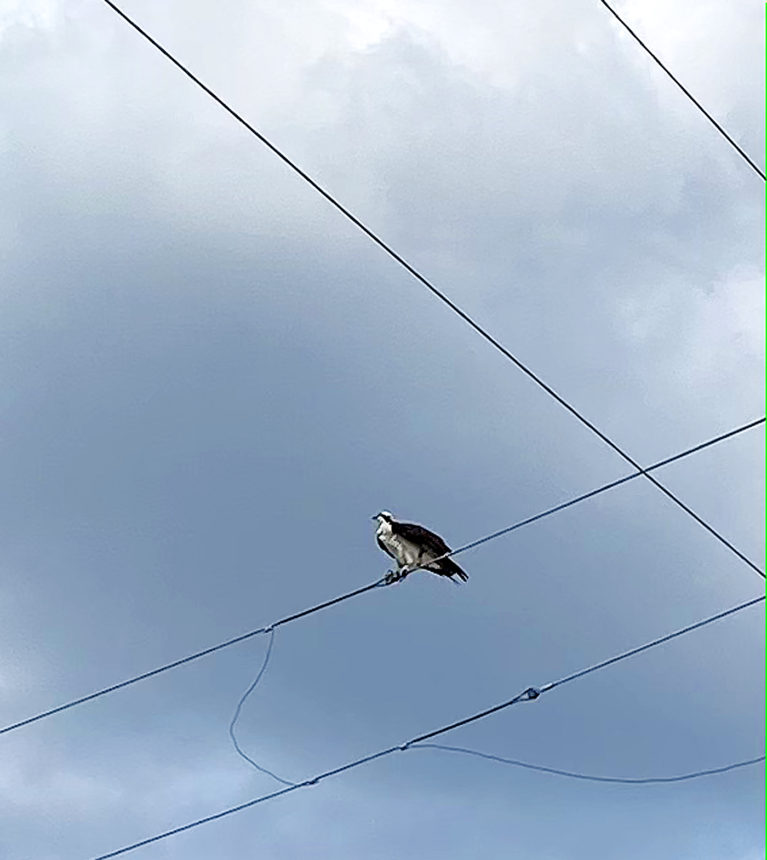
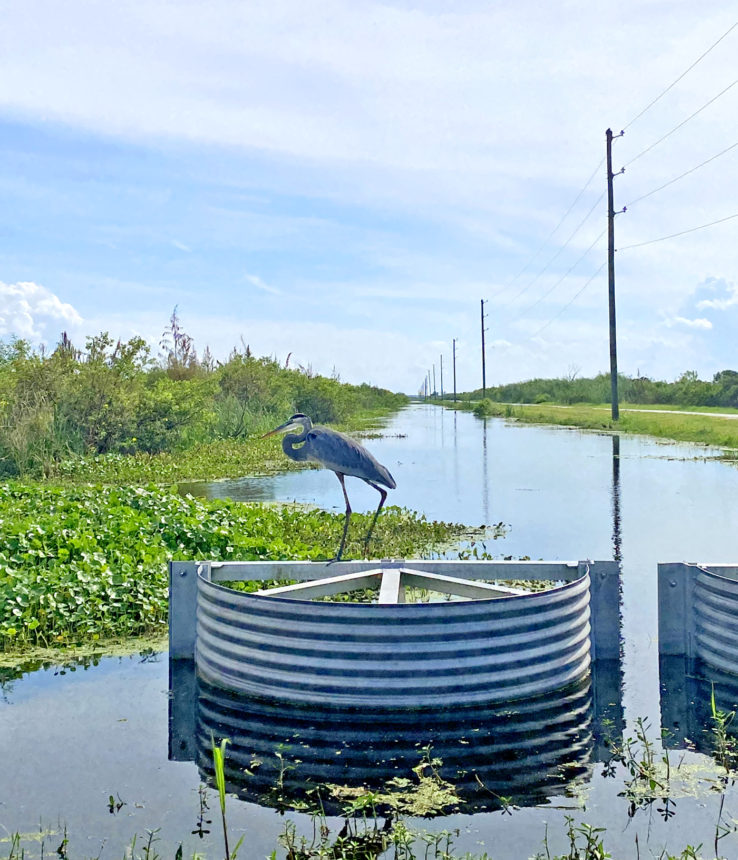
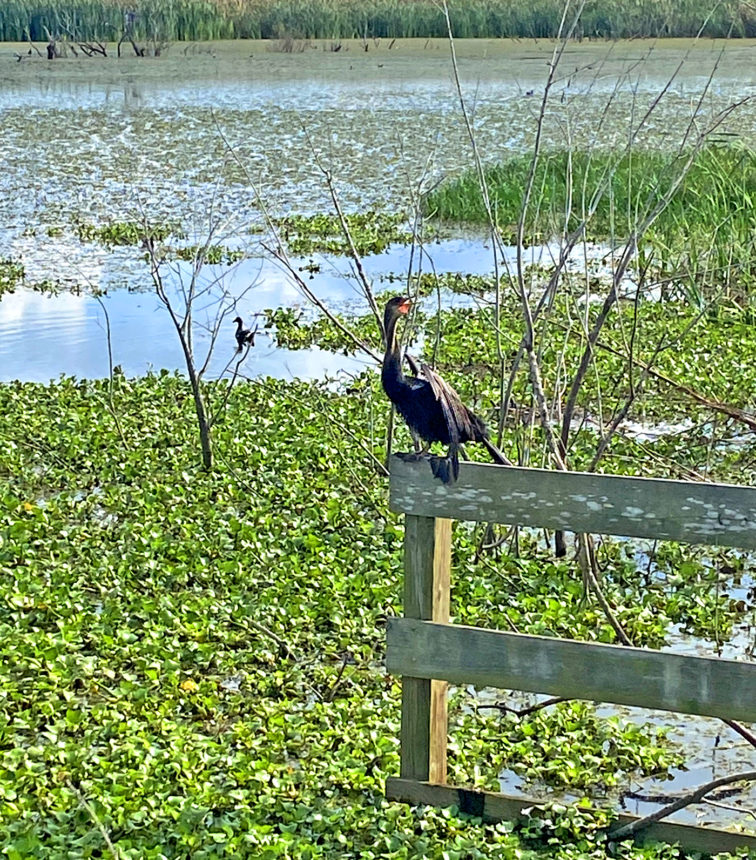
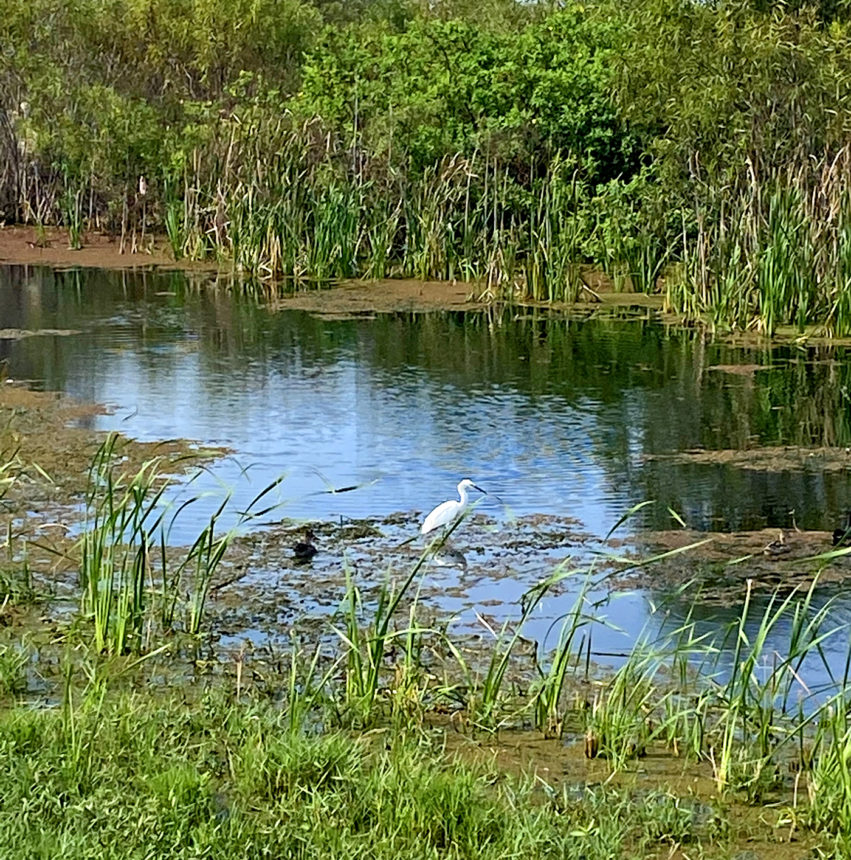
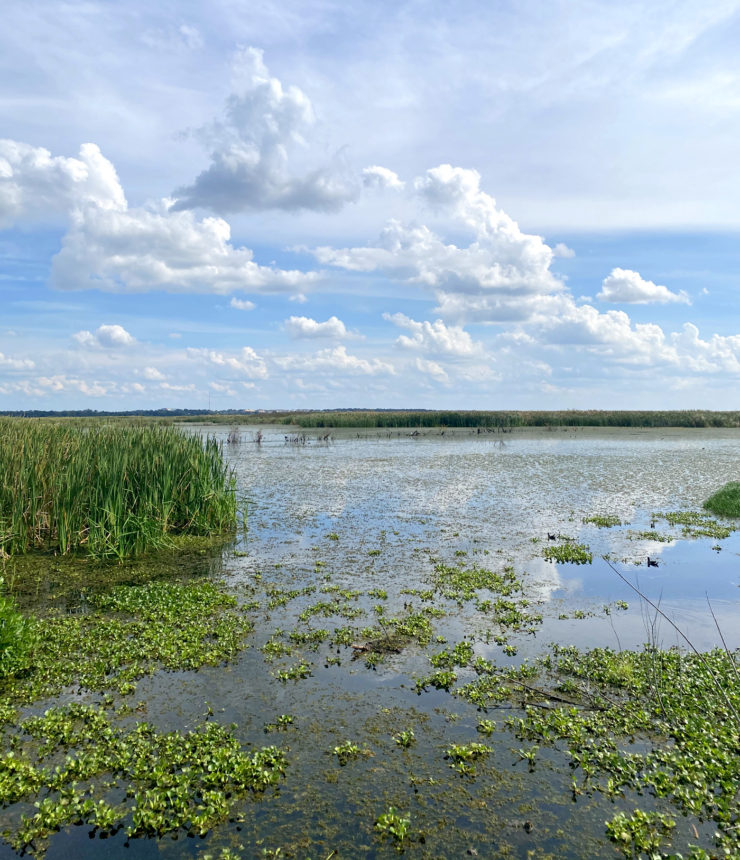
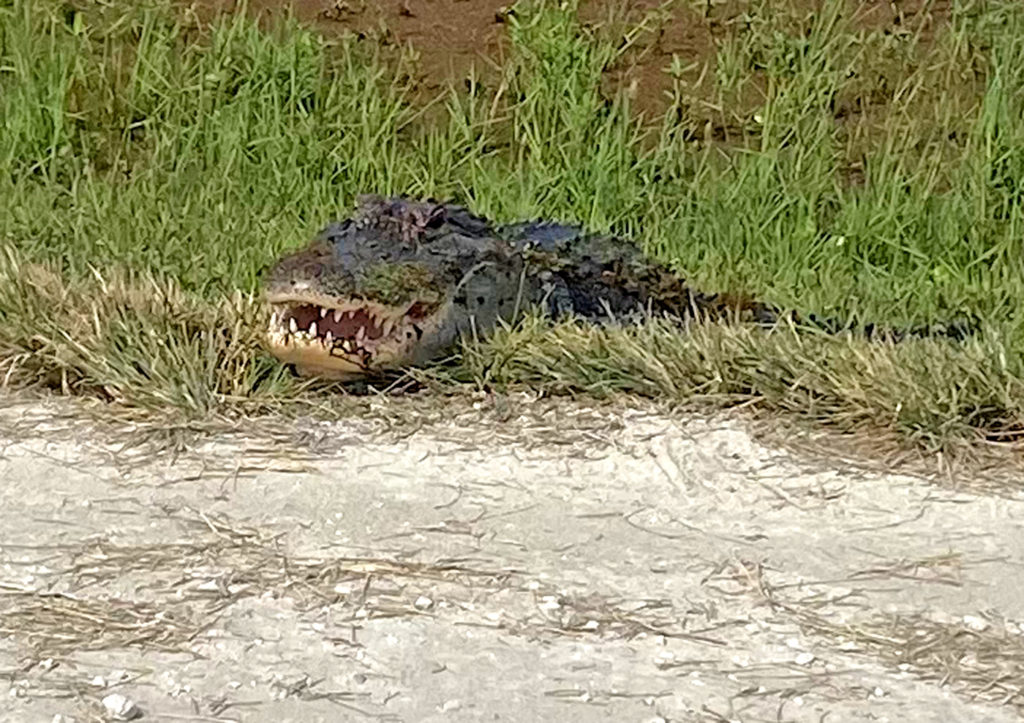
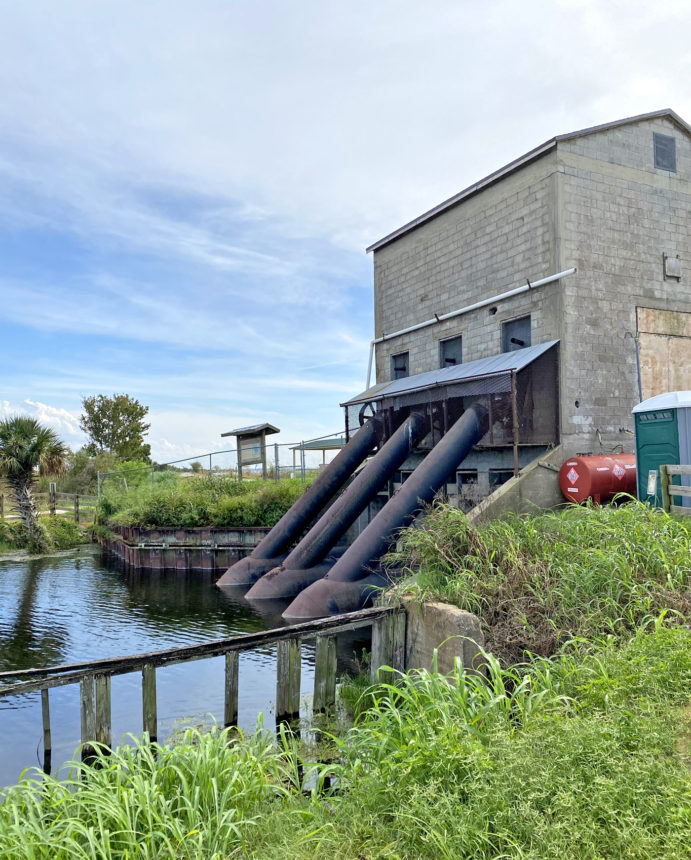
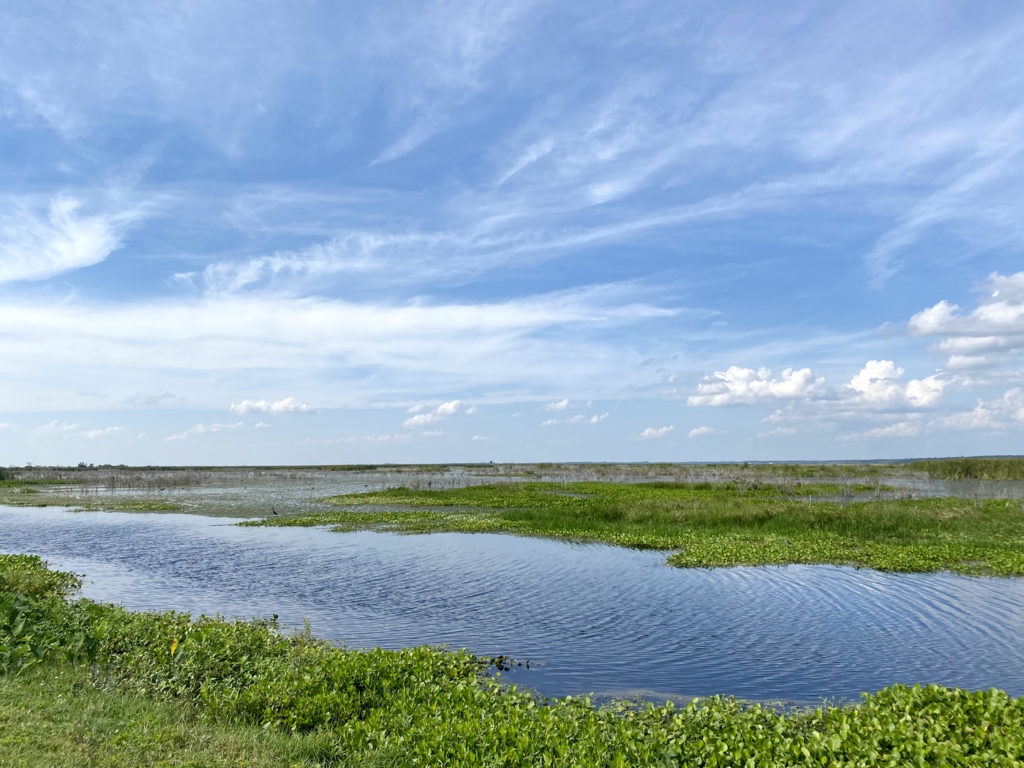
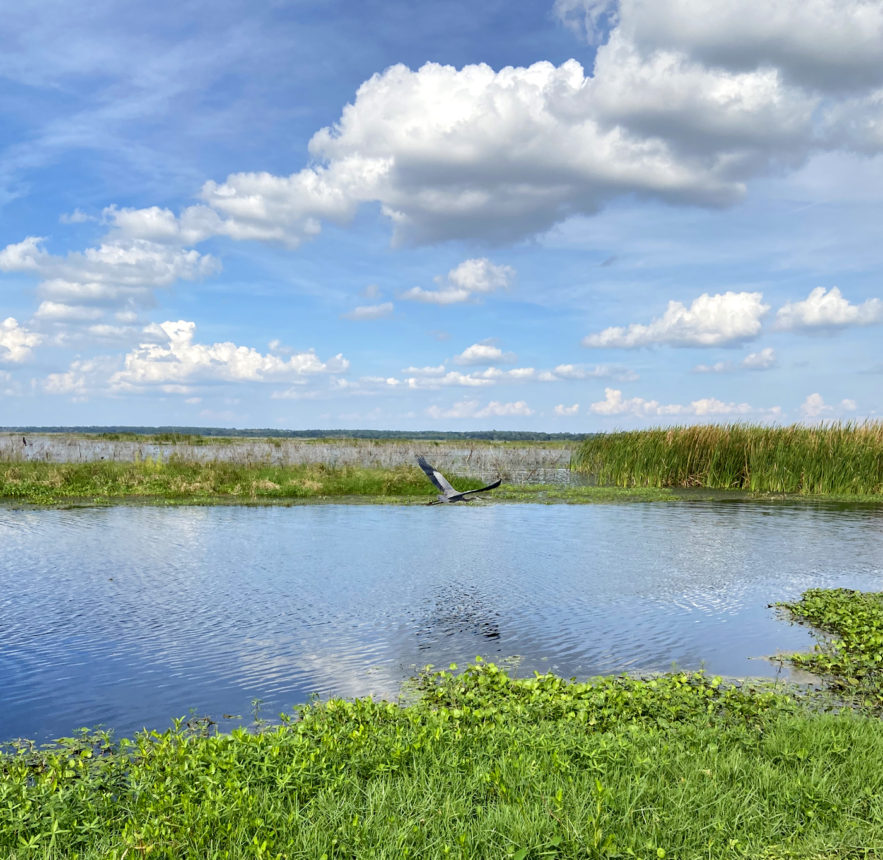
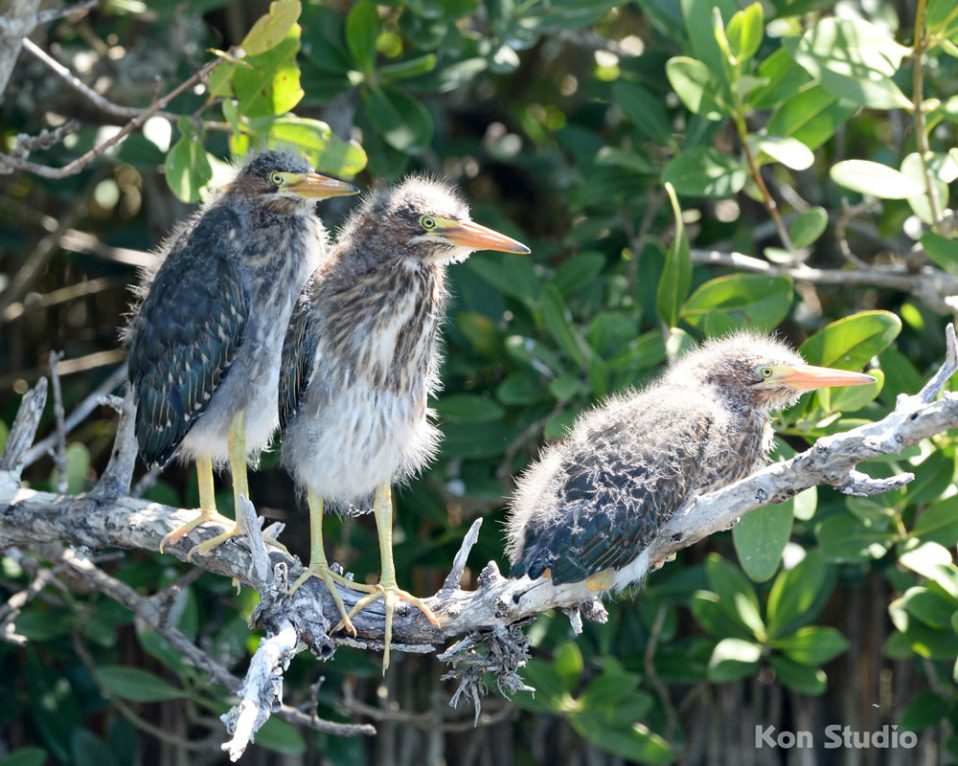
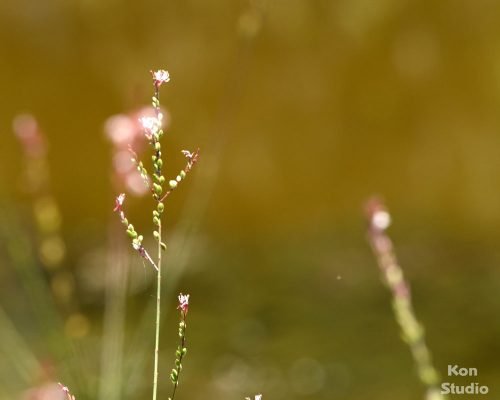
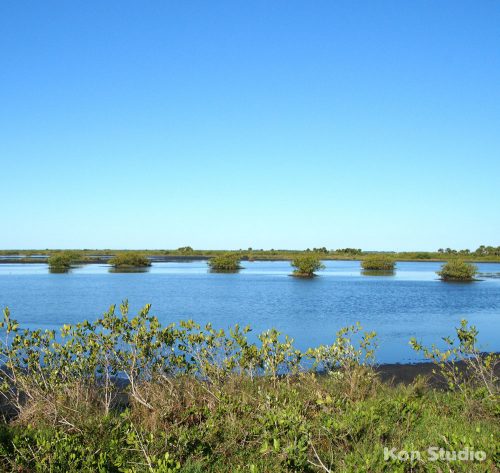
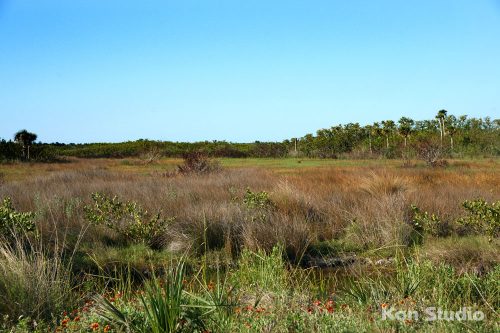
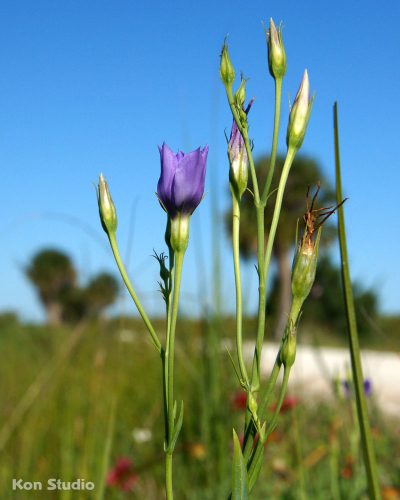
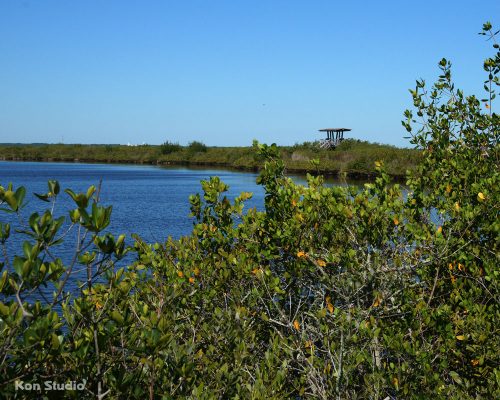
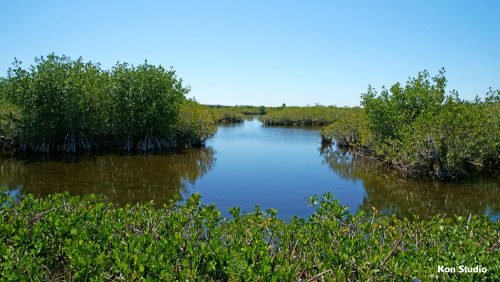
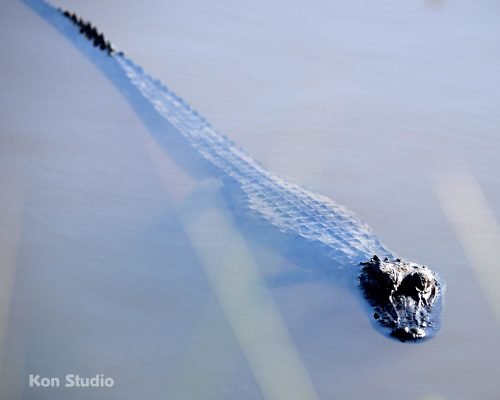
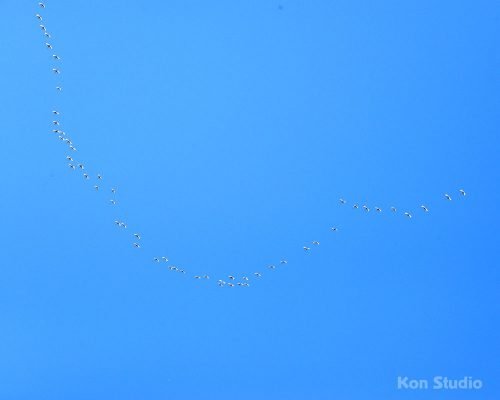
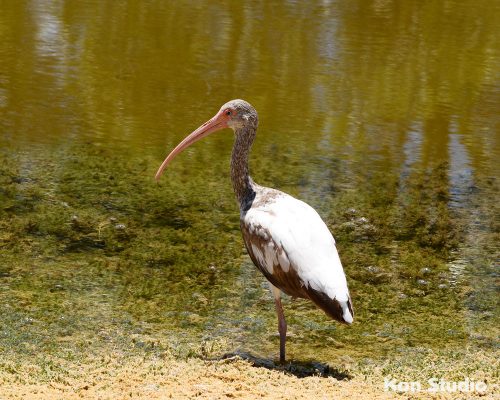
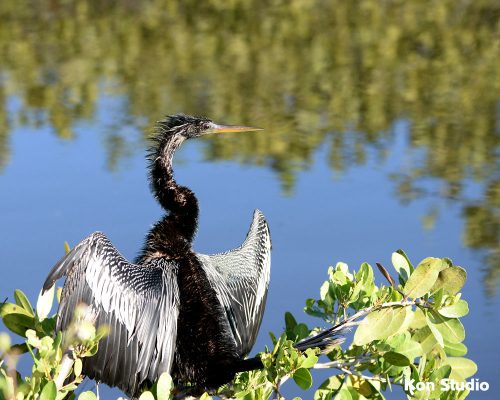
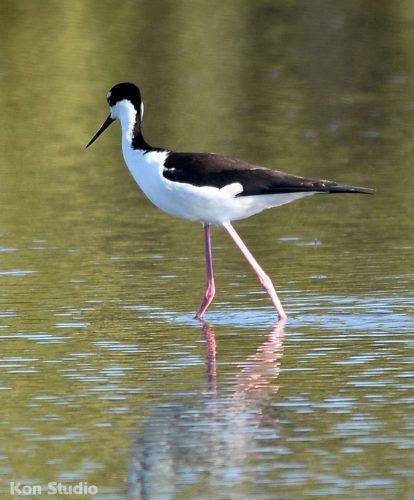
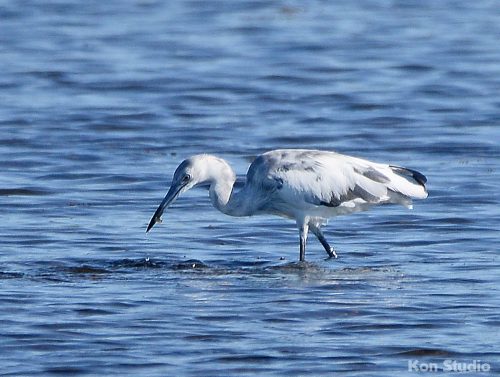
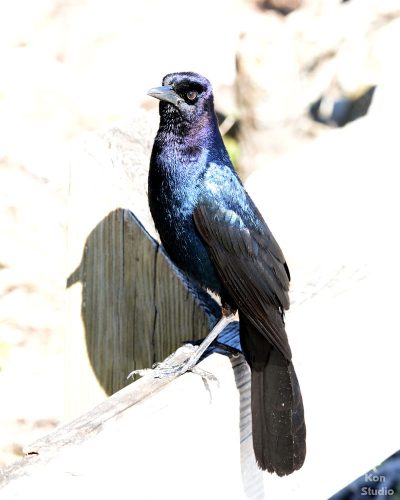
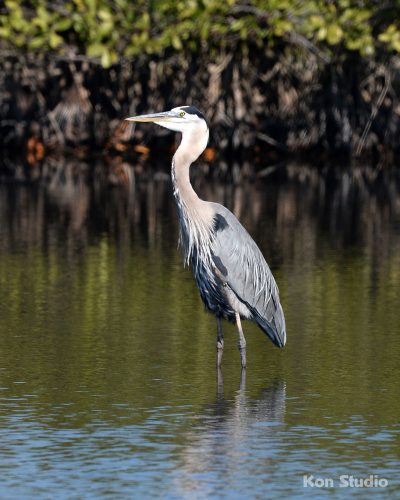
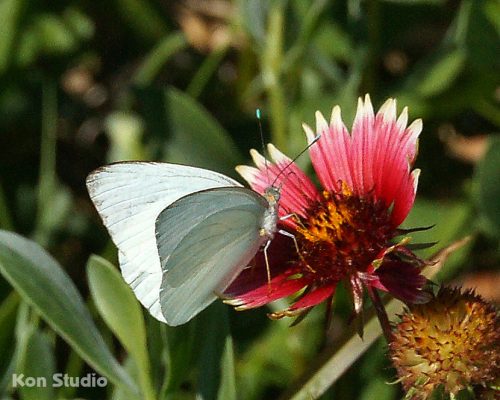
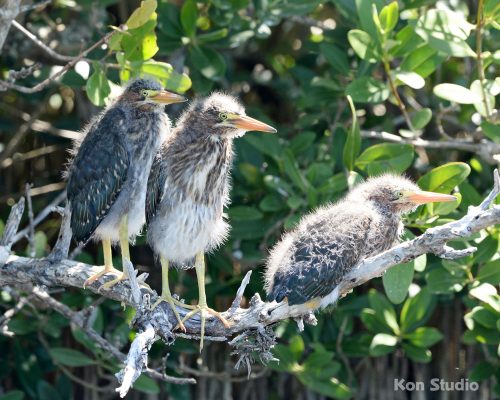

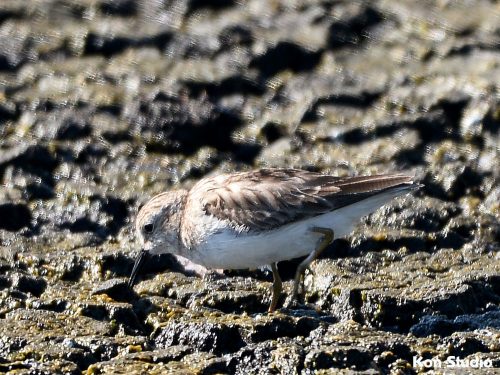
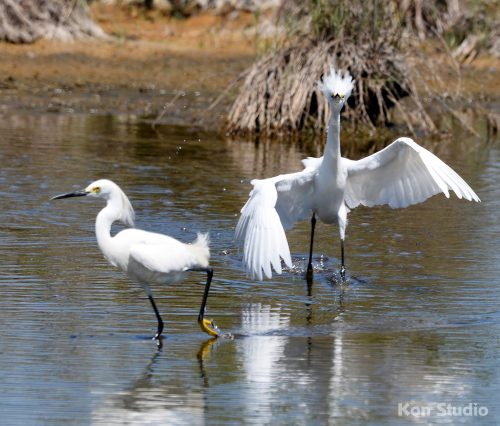
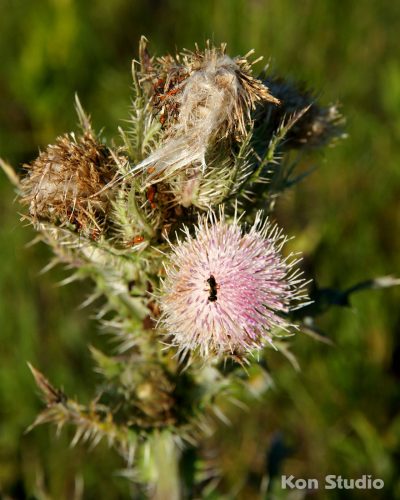
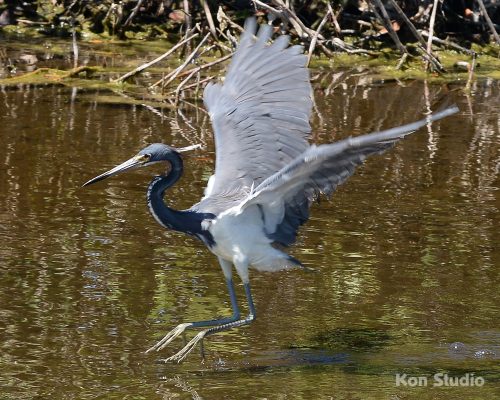
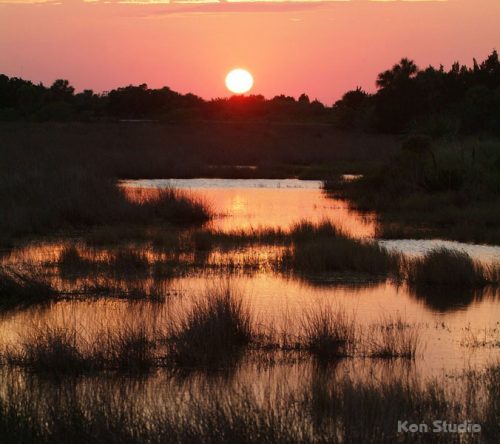
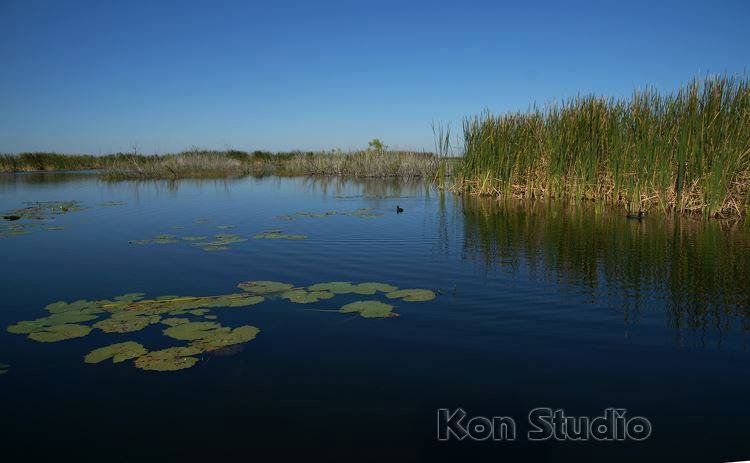
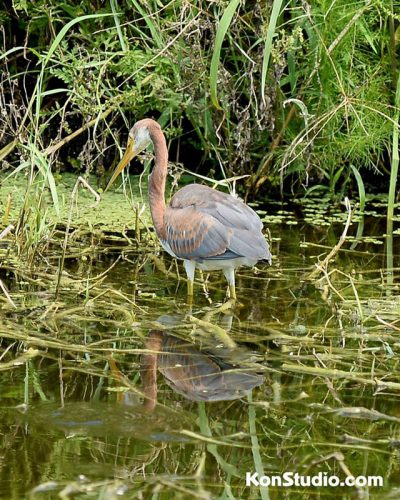
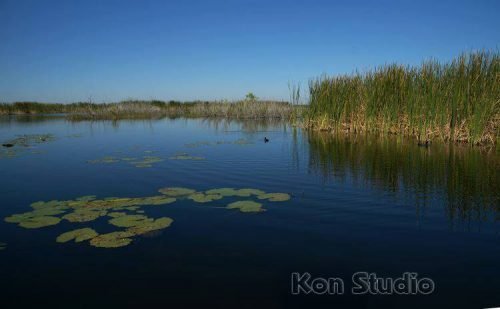

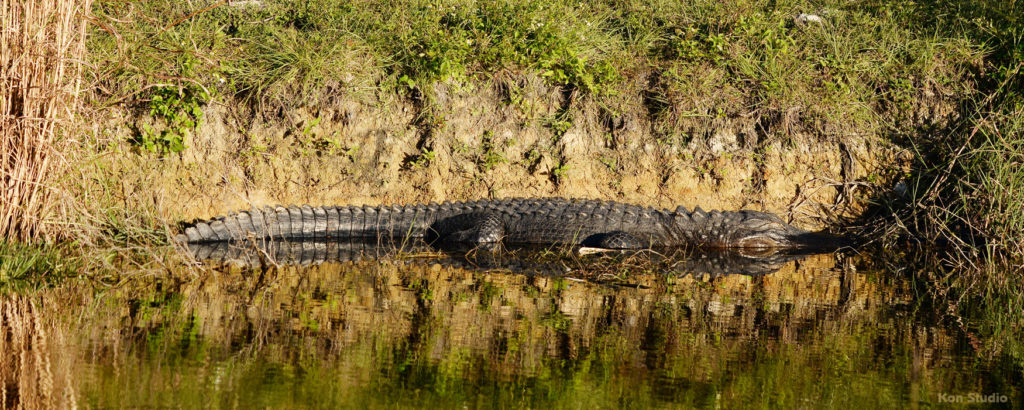
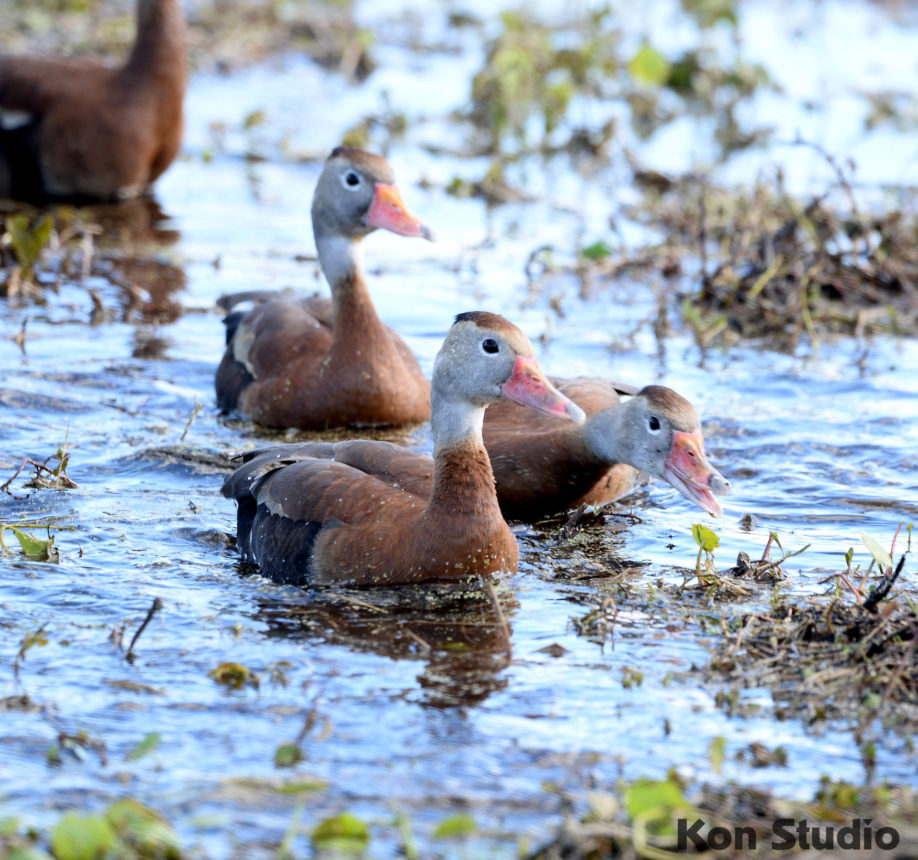
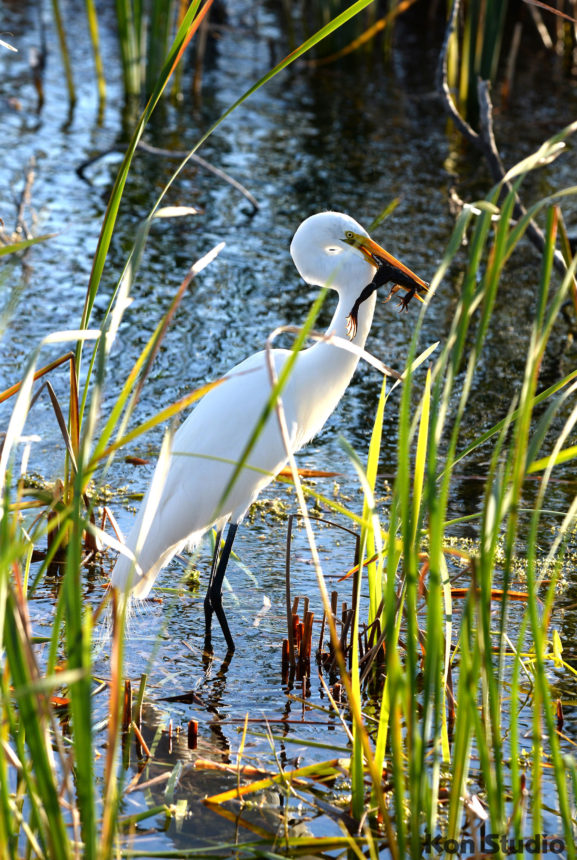
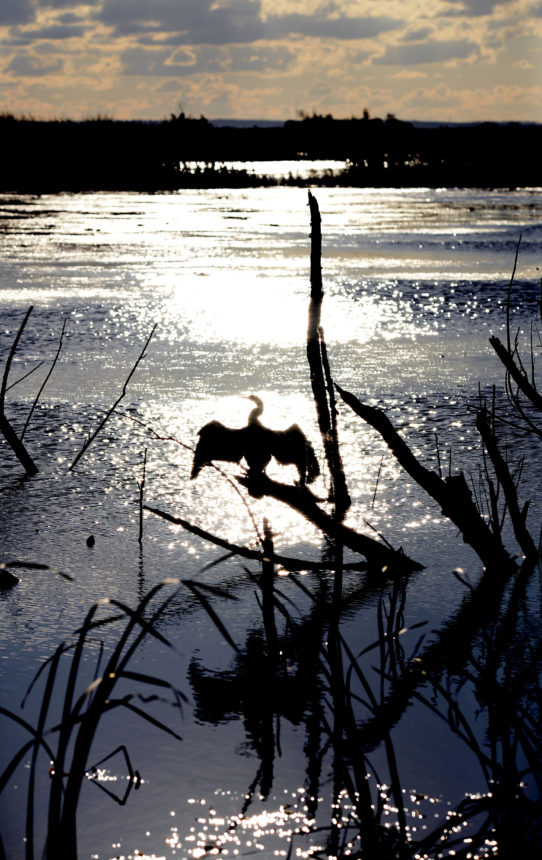
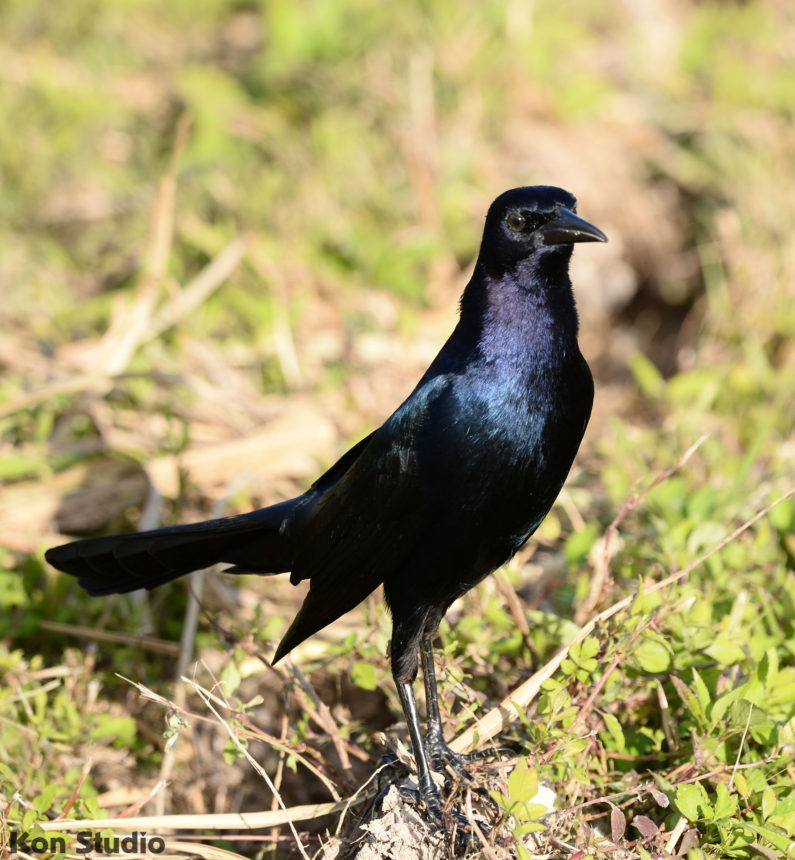
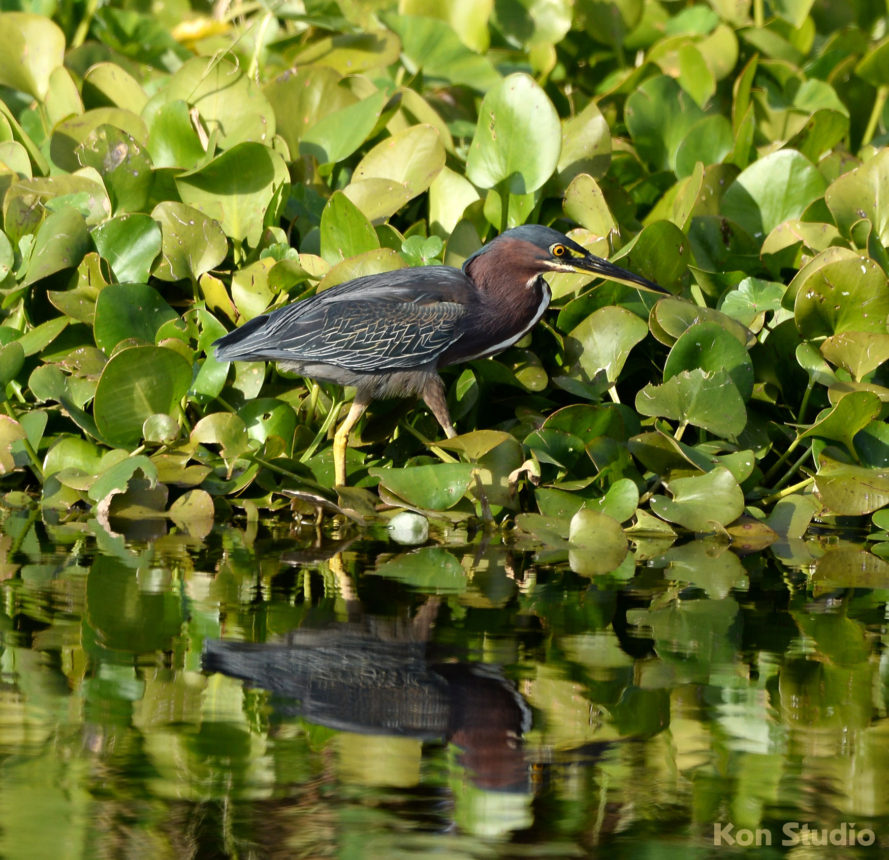
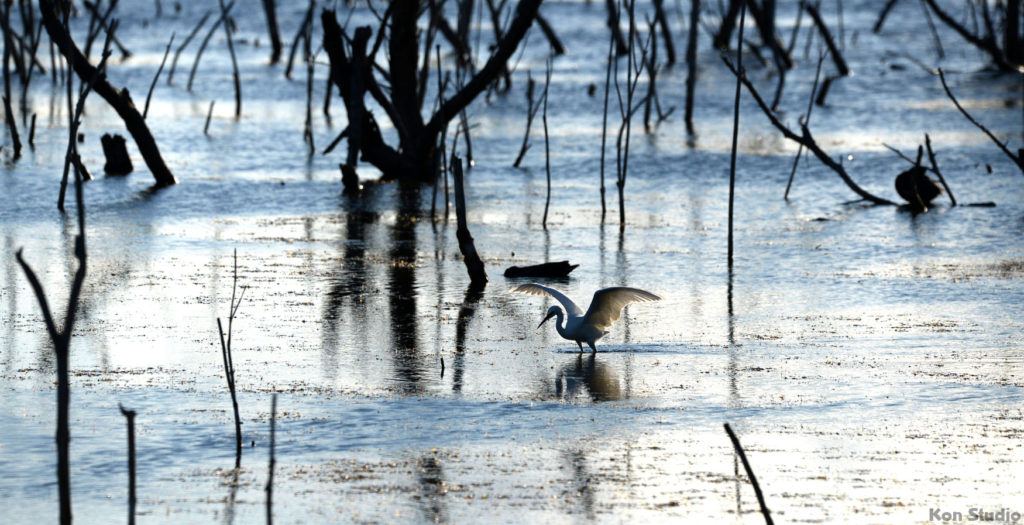
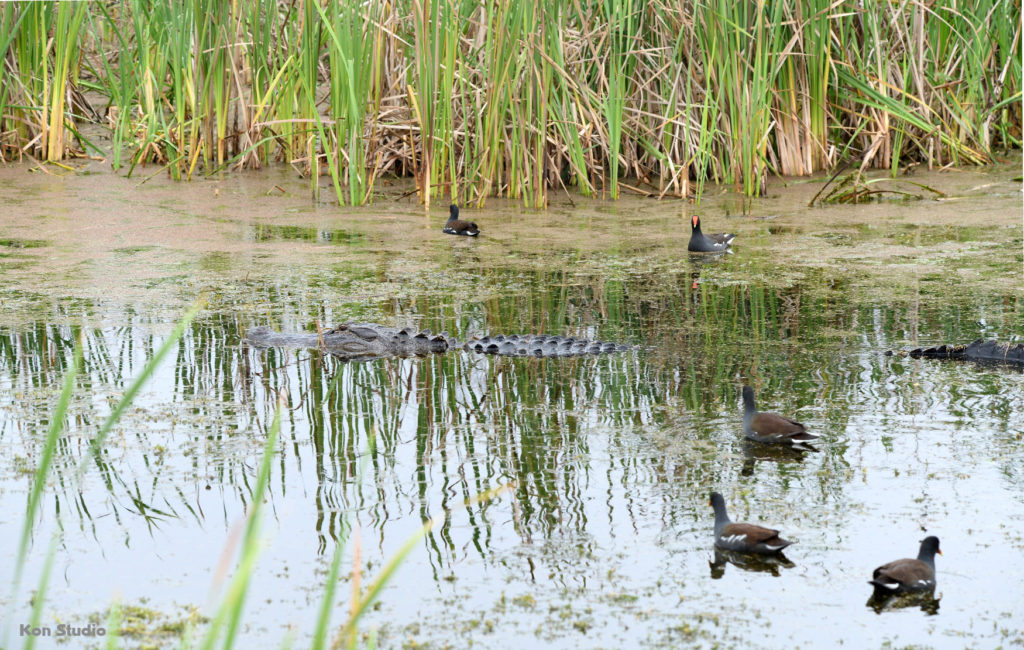
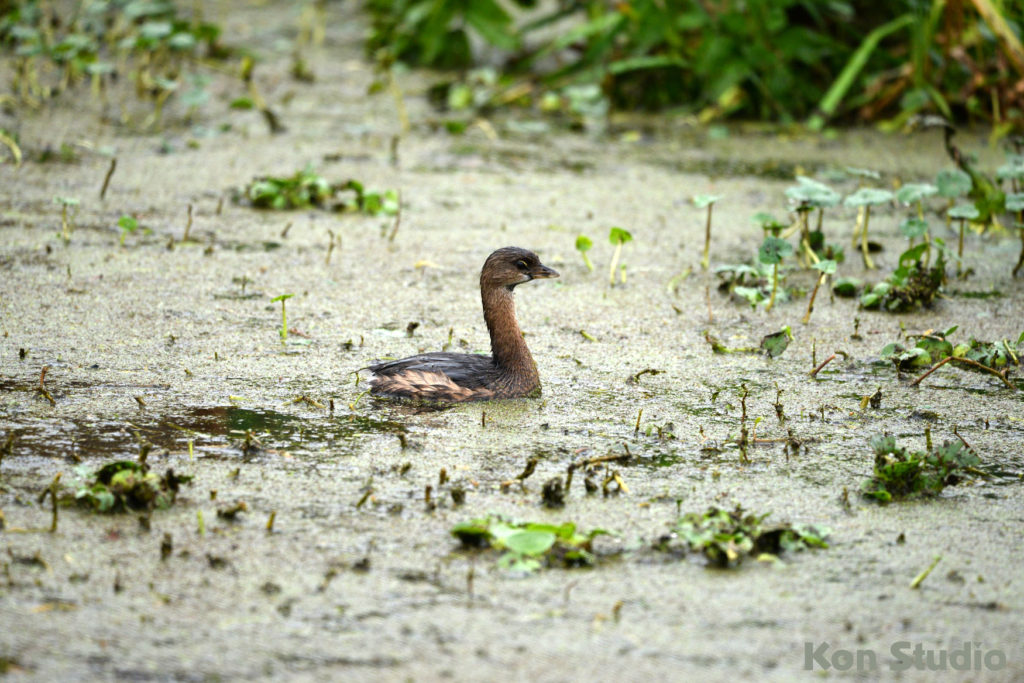
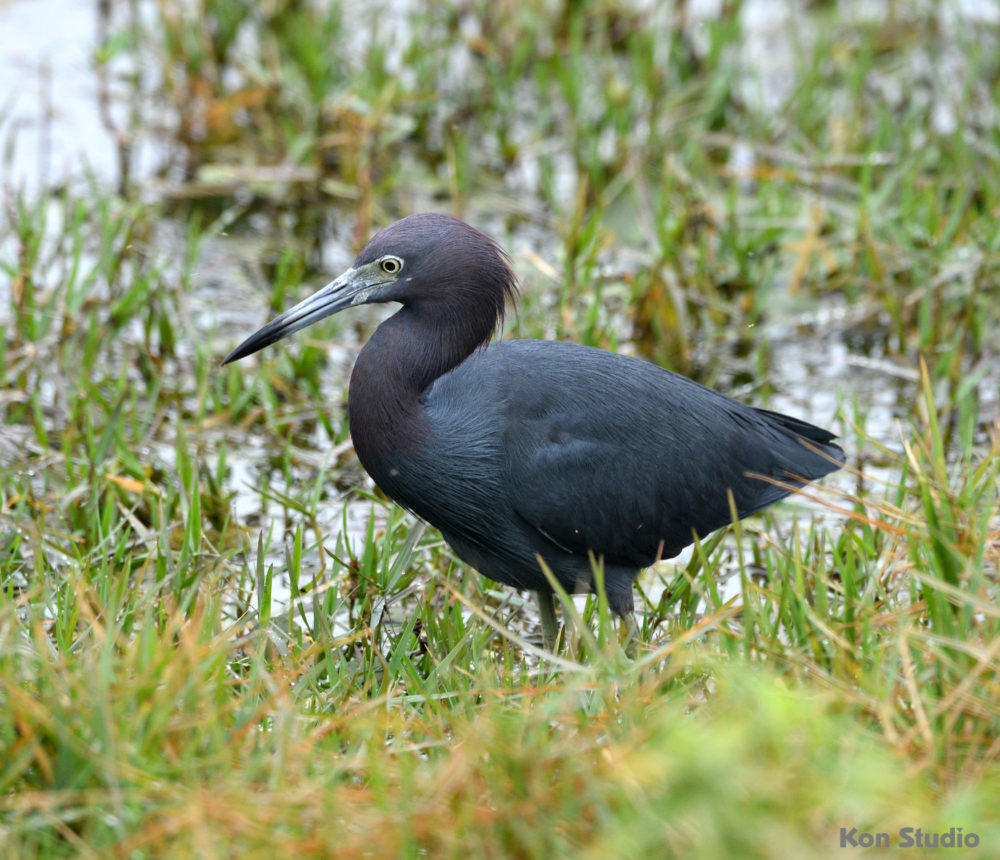
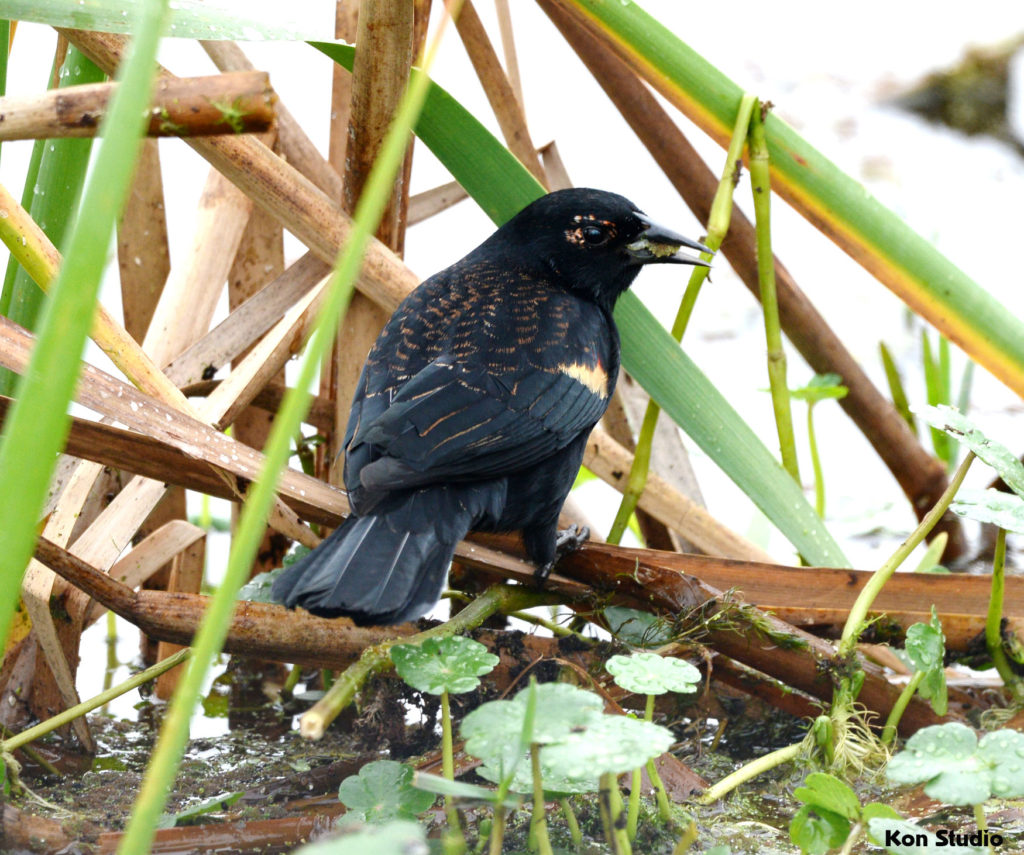
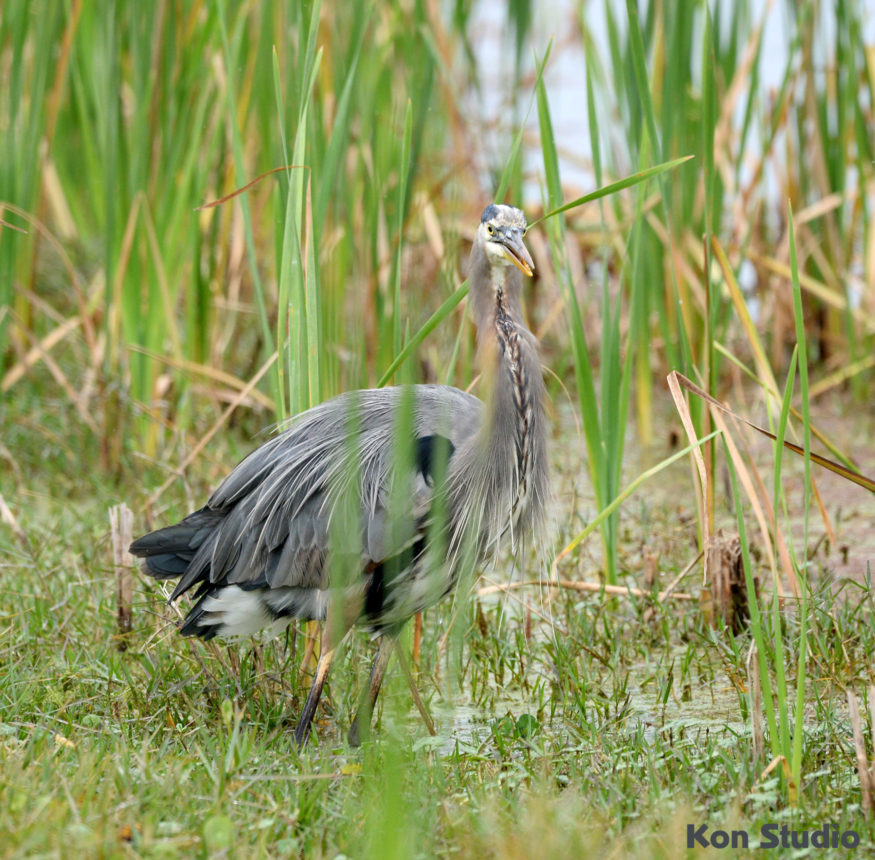
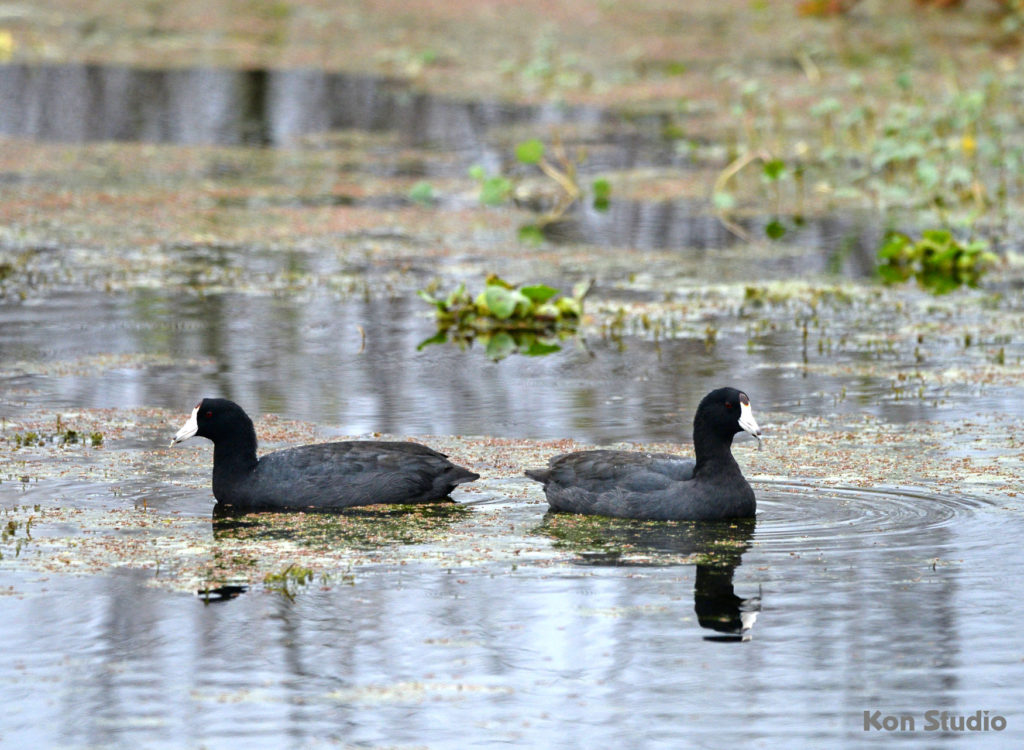
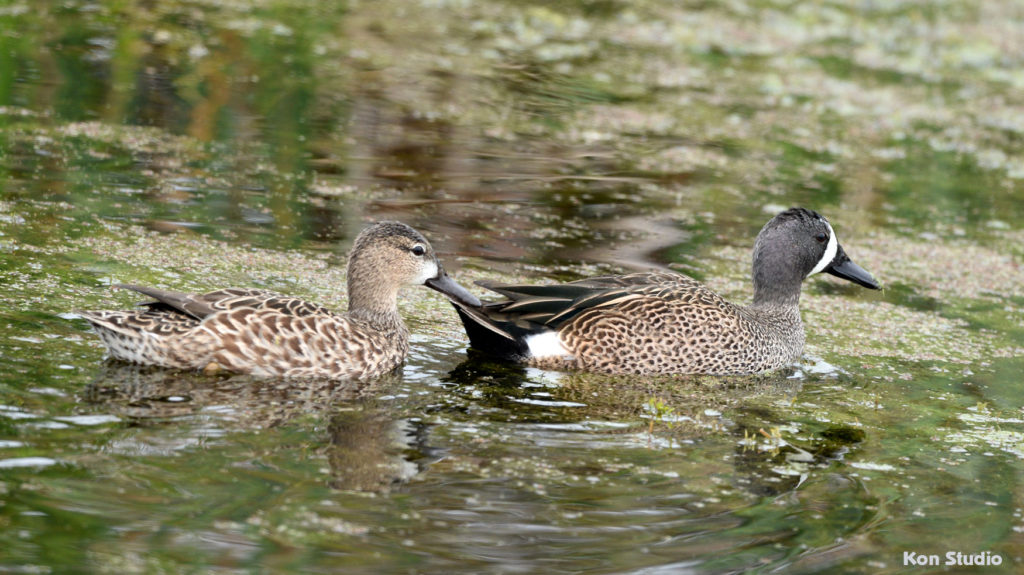
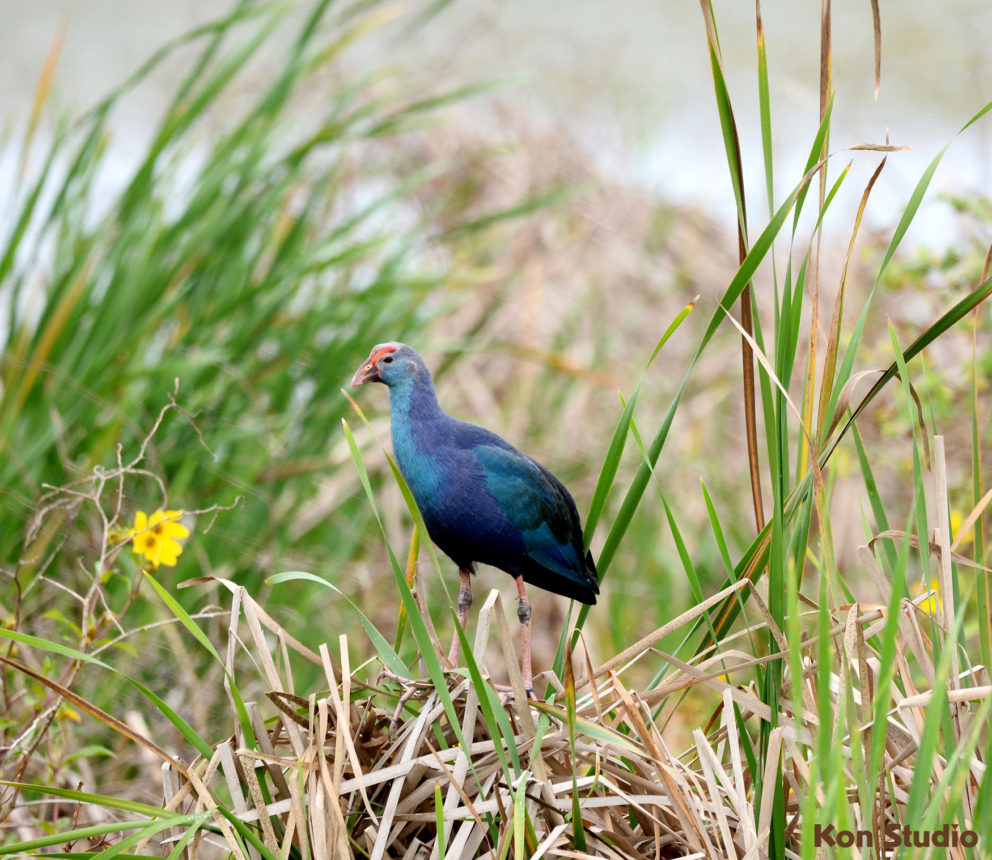
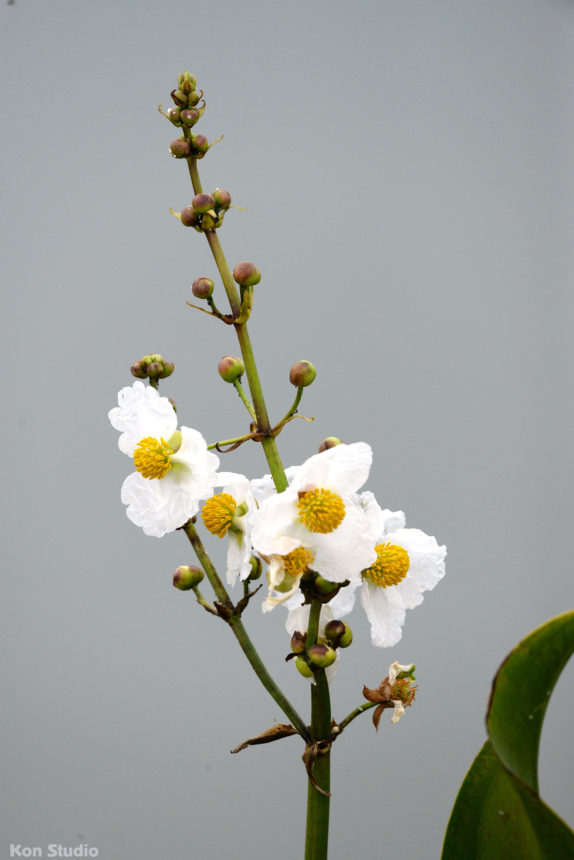
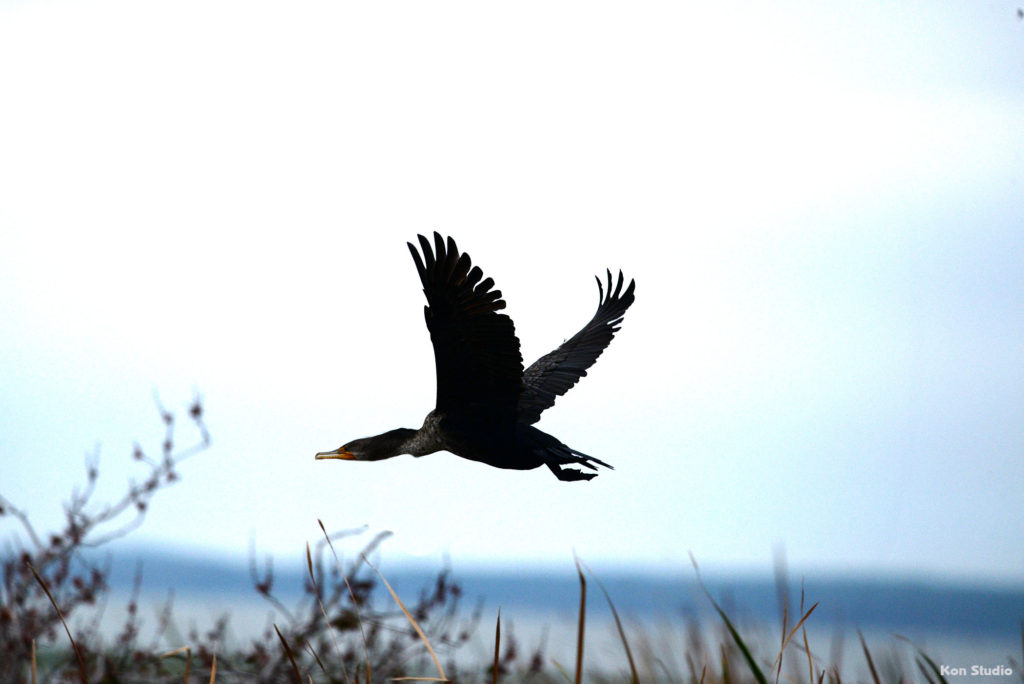
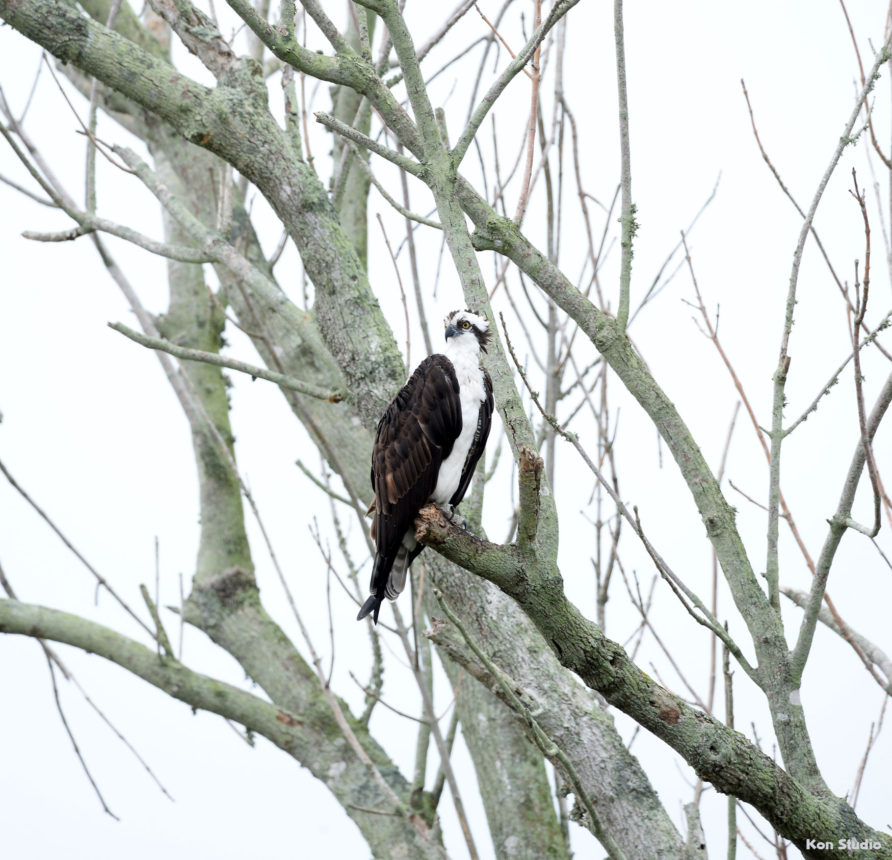
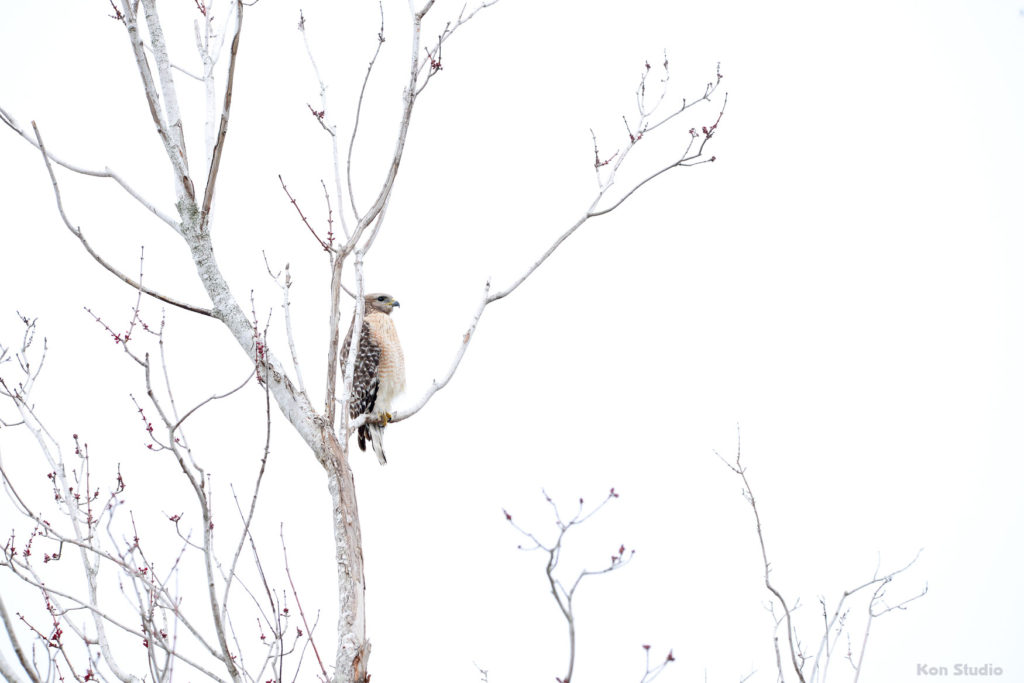
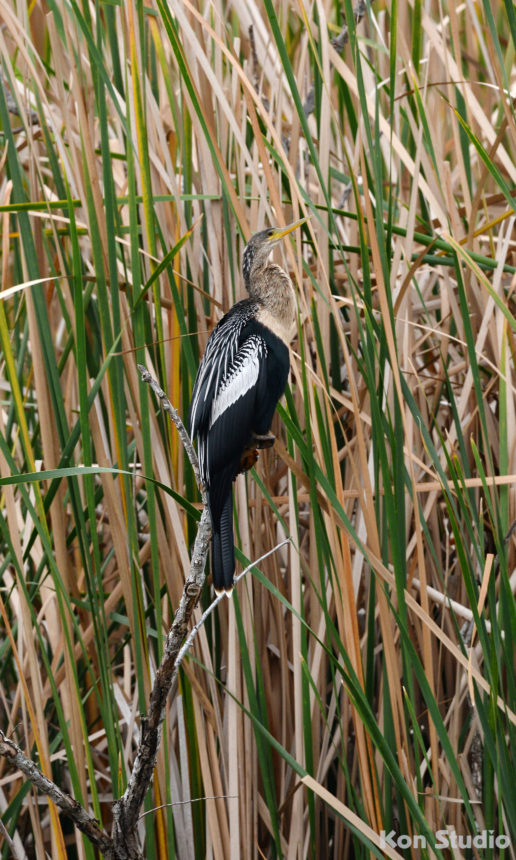

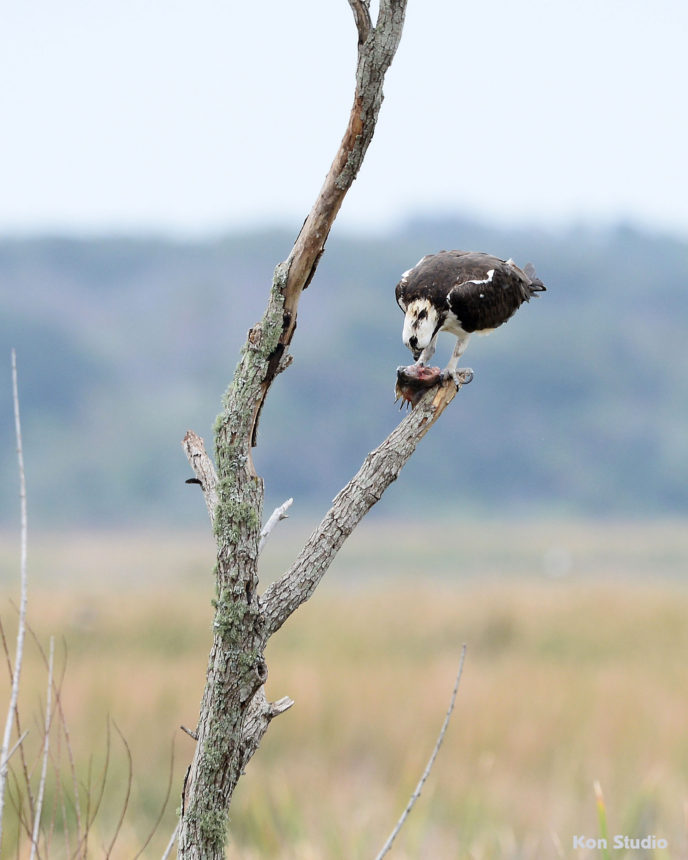

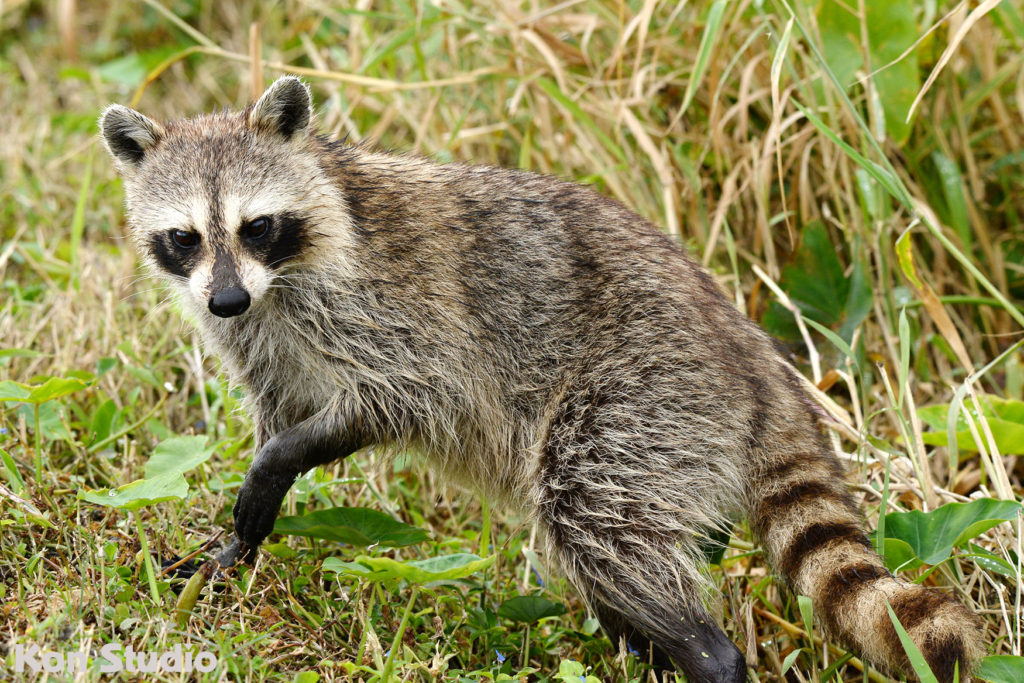
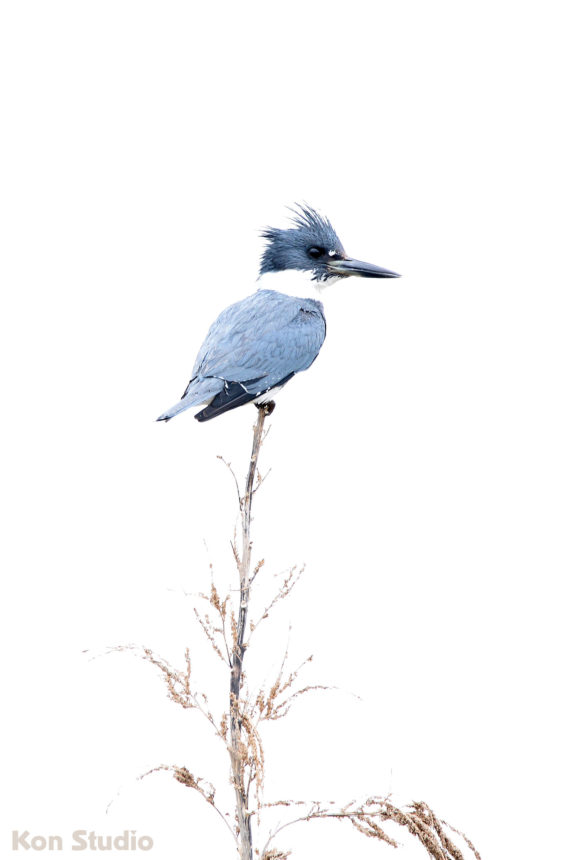
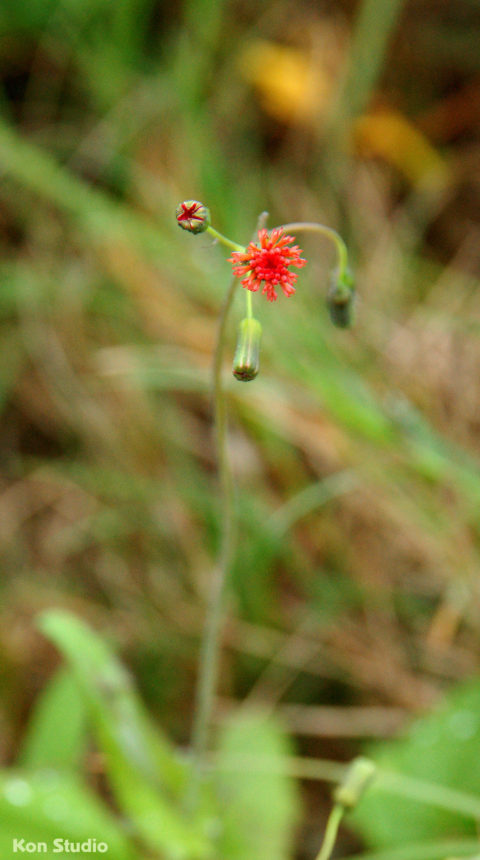
Recent Comments